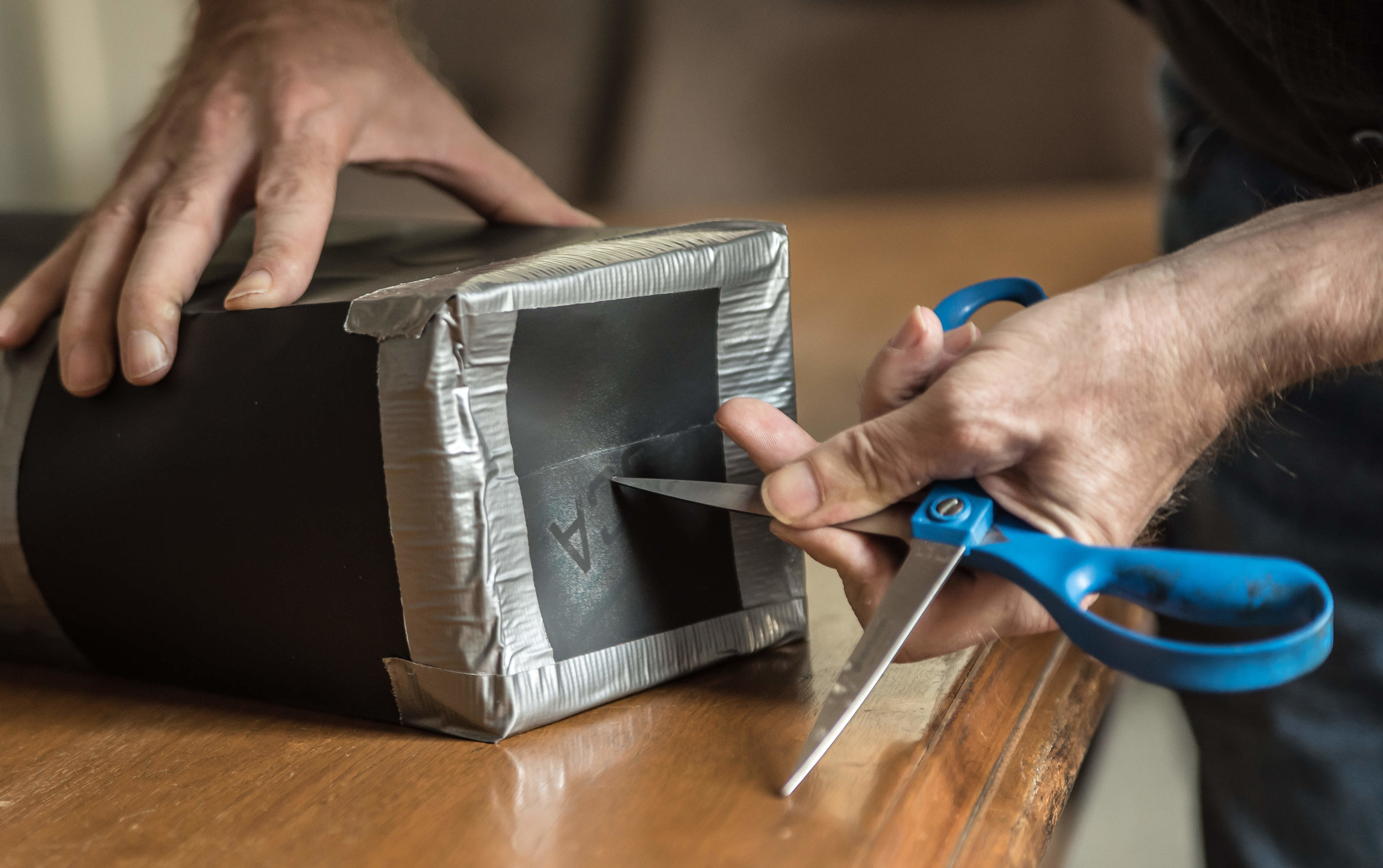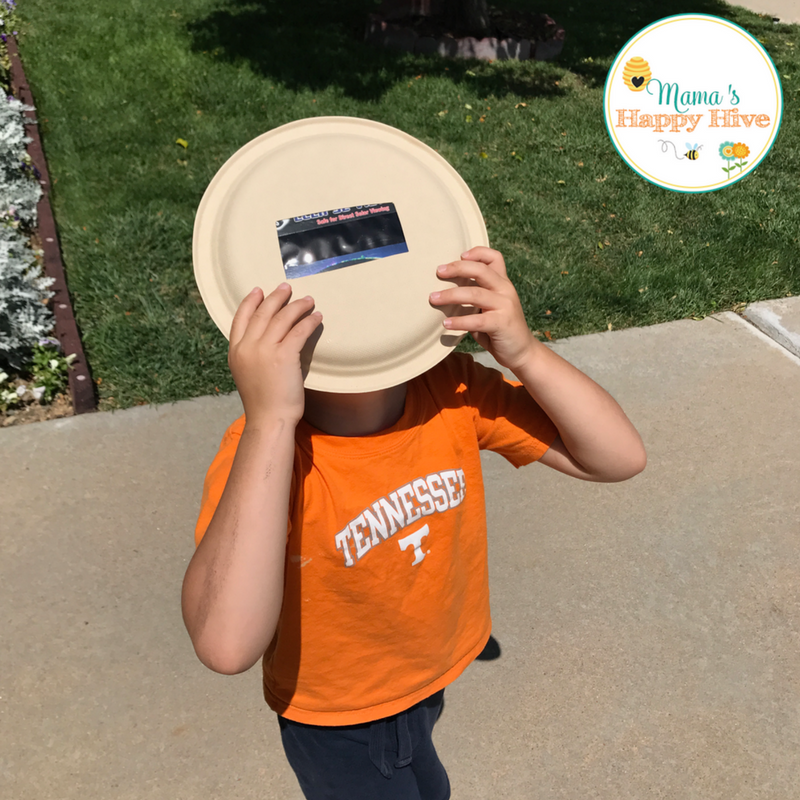

If Chicago area residents can’t see this solar eclipse, when will they have another opportunity to see one? The closer you get to that path, the better. The farther north you are in Wisconsin and Michigan, especially in Michigan, the better. Is there a place nearby that Chicago area residents could go to in order to get a better look at the solar eclipse? Remember: it is NOT safe to look directly at the eclipse with your eyes. In terms of a pinhole projector (using a hole in an object like a paper plate to cast light on another solid object), the sun may not be high enough and bright enough in order to really see a good view. Just shine a really bright flashlight through them, and if you can’t see pinholes and scratches, (you can use them).

As long as you’ve kept them dry and there’s no pinholes or scratches in the glasses material, you’re good. More than likely, the only way you’re going to see it is if you have solar viewing glasses, even if they’re left over from 2017. What kind of gear do people need in order to safely view the eclipse? Anywhere where you can get up on a little rise or a hill, because you don’t want buildings or trees in the way. The lakefront (Lake Michigan) in Chicago would be good. The best place to go to see this is anywhere where you have a clear view of the northeastern horizon, right down to the horizon. Where is the best place to see the solar eclipse in the Chicago area? The sun will rise like that, and the moon will continue moving away from the sun, so about 20 minutes after sunrise, it will be over. Without attaching hard numbers to it, when the sun rises, the moon will cover maybe a third or a quarter (of the sun). The eclipse will start before the sun is even up in Chicago. It’s going to be best viewed in mostly remote areas of Canada. It’s going to start up a little bit north of Lake Superior (in Canada), and going toward the northeast. We call that an “annular eclipse,” which comes from the Latin word annulus, which means “ring,” as in “Ring of Fire.” Where will you be able to see the actual “Ring of Fire” around the moon? So depending on where you are in Canada, if you’re within its path, you’ll see the moon mostly cover the sun, leaving a ring of light around the moon. When that happens, the moon is not big enough to completely cover the sun. In this one, the moon is a little bit further away in its orbit around the Earth at that particular point.


If it partly covers the sun, it’s a partial eclipse, and if it totally covers the sun, that’s a total solar eclipse. This is a different kind of eclipse than we maybe saw in 2017 when everybody congregated down in Carbondale. CDT, when the sun is less than five degrees above the horizon.)Ģ022 Illinois State Fair Releases Tickets Friday What is so unique about a “Ring of Fire” eclipse? (According to the Adler Planetarium, the eclipse starts before sunrise, which is 5:15 a.m. Up in Canada is where you will see the “Ring of Fire” version. This eclipse will be over in literally 20 minutes (for us), but the eclipse itself is occurring for a good portion of the east and northeastern United States and Canada. As the sun continues to rise, the moon will continue to move away from the sun. As the sun rises, the moon will be partly blocking a little bit of the sun. We’re only going to see a little bit of it. What is going to happen is that a solar eclipse will occur over the Chicago area. When is the solar eclipse taking place and what will happen? In order to answer those questions, NBC 5 reached out to Adler Planetarium Director of Public Observing Michelle Nichols. So what is the "Ring of Fire" eclipse, when you can see and where should you go for the best view? A 2021 solar eclipse, the first since the 2017 spectacle that brought much excitement to Illinois and the country, is set to take place this week, but this one will be different from what many saw four years ago.


 0 kommentar(er)
0 kommentar(er)
